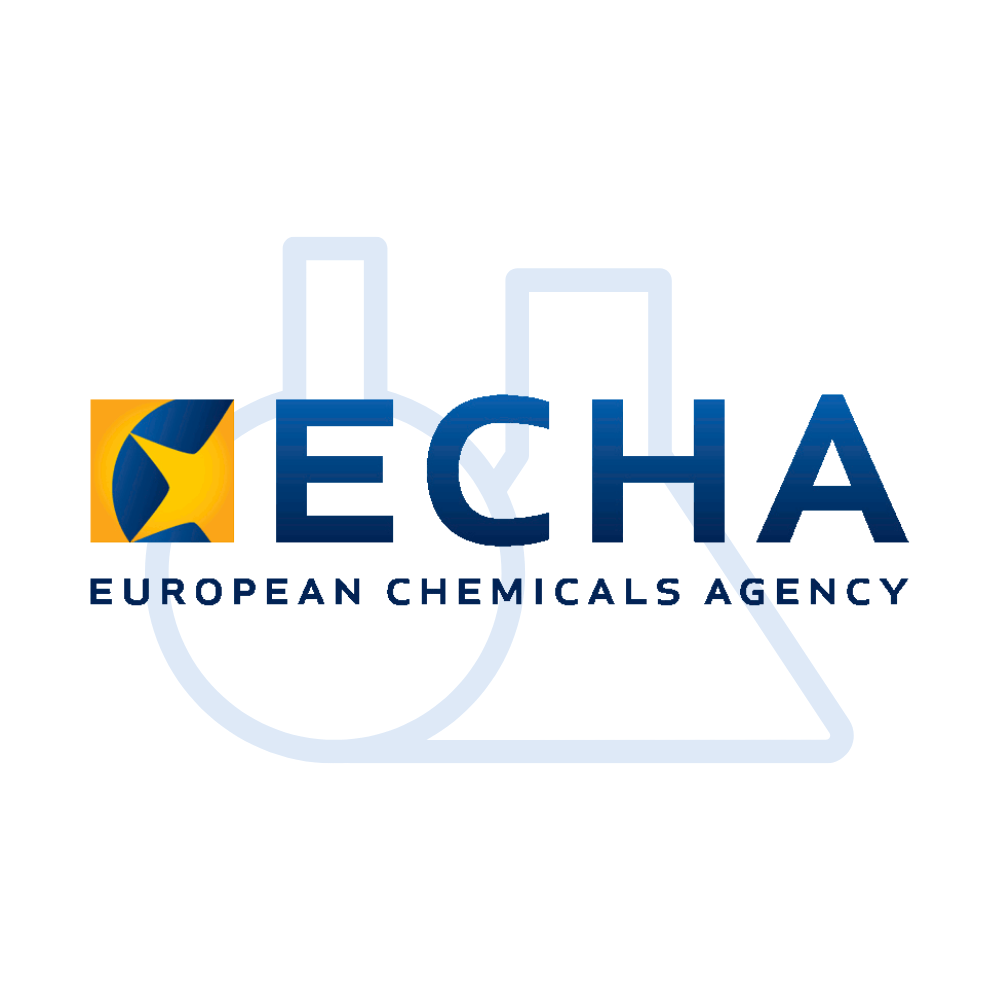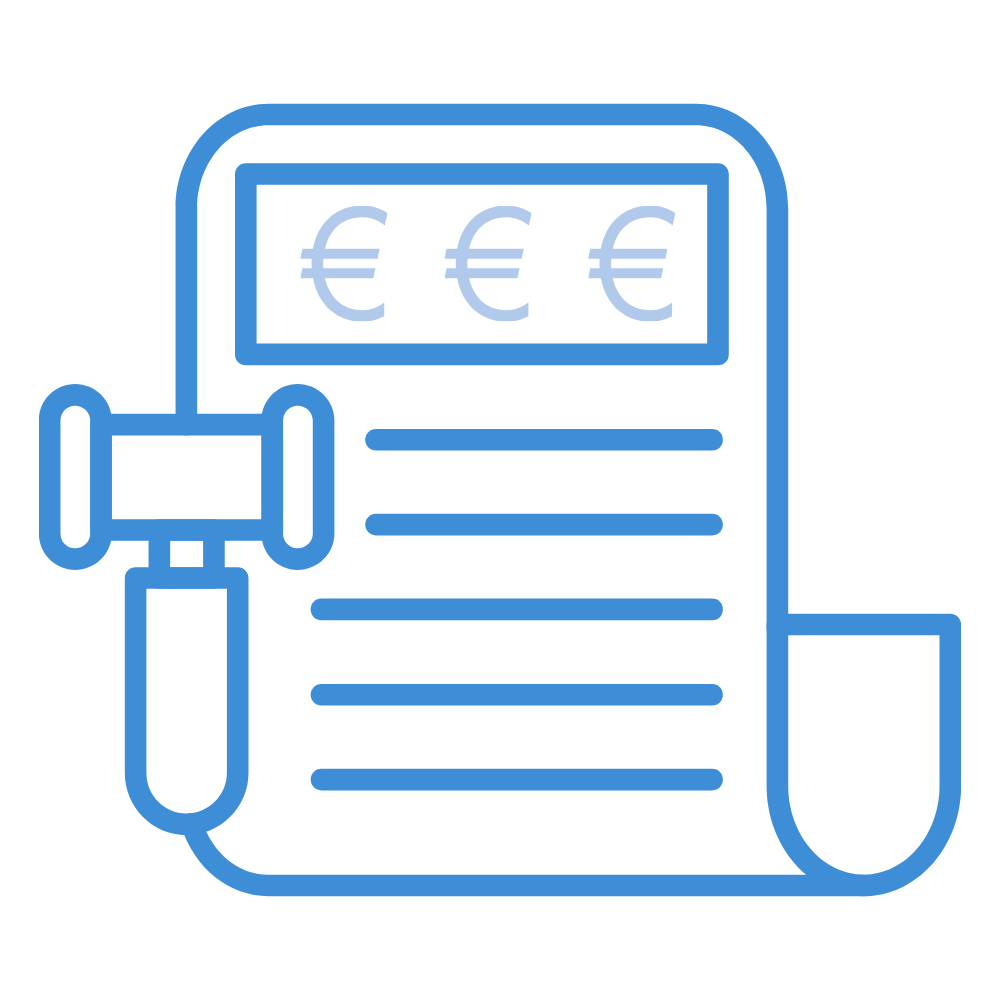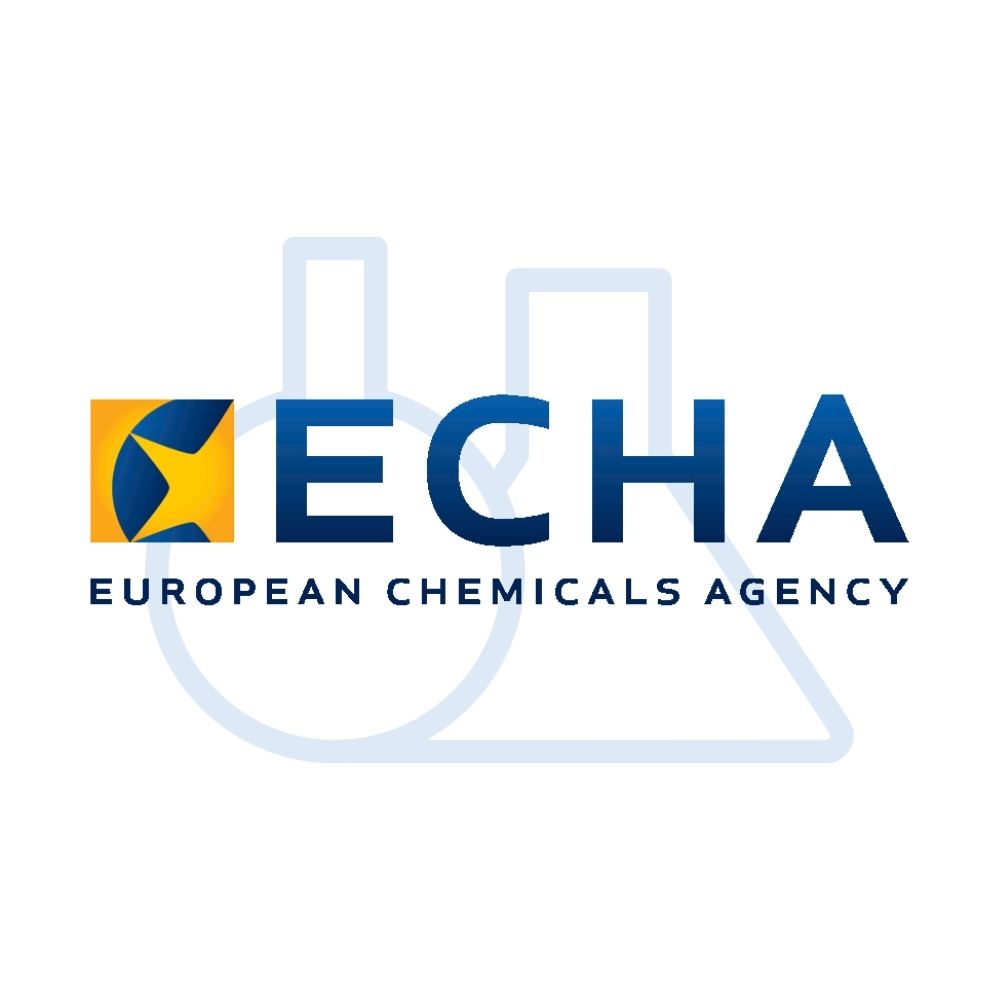What is PIC Notification?
PIC notification is a formal process required under the Prior Informed Consent (PIC) Regulation, aimed at regulating the import and export of hazardous chemicals.
The main purpose of the PIC notification is to manage the export of certain hazardous chemicals that are banned or severely restricted within the EU, ensuring that non-EU importing countries are informed about these chemicals and have provided their prior consent. This process helps to protect human health and the environment by enabling appropriate risk management measures.
Chemleg provides PIC Notification services to help companies comply with the EU Prior Informed Consent (PIC) Regulation (Regulation (EU) No 649/2012).
Who needs PIC Notification?
- The exporters of chemicals listed in Annex I of the PIC Regulation.
- Companies exporting industrial chemicals, biocides, and plant protection products to non-EU countries.
- Businesses handling hazardous chemicals subject to international trade controls.
Why is PIC Notification important?
As highlighted above, the PIC notification serves to protect human health and the environment. More specifically, PIC notification:
- Informs importing countries and enables them to prepare for potential hazards,
- Prevents unintentional or inappropriate uses of hazardous chemicals,
- Establishes accountability and transparency in chemical trade between exporting and importing countries,
- Helps importing countries to better assess chemical risks and develop appropriate storage, transportation, and handling protocols,
- Promotes international cooperation and information exchange on chemical safety,
- Helps prevent illegal trade of hazardous chemicals.
Failure to manage these risks can have devastating effects on public health and the economy of a country. The PIC procedure supports sustainable development by preventing such negative outcomes.
How does the PIC notification process work?
Under the PIC Regulation, companies intending to export chemicals listed in Annex I must notify the European Chemicals Agency (ECHA) at least 35 days before the first shipment each year. This notification must include information such as the substance (EC number, CAS number, chemical name), intended use, quantity, destination country, details of the exporter and importer, safety measures, and hazardous properties.
For certain highly hazardous chemicals listed in Parts 2 and 3 of Annex I, exporting designated national authority must obtain explicit consent from the national authority of the importing country, meaning formal approval to accept the shipment. Export of certain chemicals listed in Annex V is entirely prohibited.
Secure Import and Export Processes with Chemleg
At Chemleg, we provide expert consultancy for the PIC notification process and help ensure your chemical exports are fully compliant and secure.
Our PIC Notification Service Includes:
- Determination of PIC Applicability
- Preparation & Submission of PIC Notifications
- Regulatory Compliance & Documentation
- Annual Reporting Support
Fill out the form to discuss the details with our experts.
Frequently Asked Questions
When should PIC notification be submitted?
PIC notifications must be submitted at least 35 days before the first intended export each year and may require prior explicit consent from the importing country.
Which chemicals require PIC notification?
Notification is mandatory for substances listed in Annex I of the PIC Regulation. Export of chemicals listed in Annex V is entirely banned.
To which countries does PIC notification apply?
PIC applies primarily to non-EU countries, especially those that are parties to the Rotterdam Convention. Import conditions may vary by country.
What is the difference between the PIC Regulation and the REACH Regulation?
While the REACH Regulation governs the manufacture, import, and use of chemicals within the EU, the PIC Regulation specifically governs the export and import of hazardous chemicals between the EU and non-EU countries. Both aim to enhance chemical safety but have different scopes.
What is an export notification?
Export notification refers to the process where the exporting country informs the importing country about the shipment of certain hazardous chemicals. It is a step within or related to the PIC procedure and a requirement under the PIC Regulation, but it is distinct from the full Prior Informed Consent (PIC) process, which may also involve obtaining explicit consent from the importing country.
What happens if PIC notification is not submitted?
Failure to submit or incomplete PIC notifications may result in penalties, including administrative fines or export bans, depending on the relevant legislation. Chemleg can help you avoid these risks.








